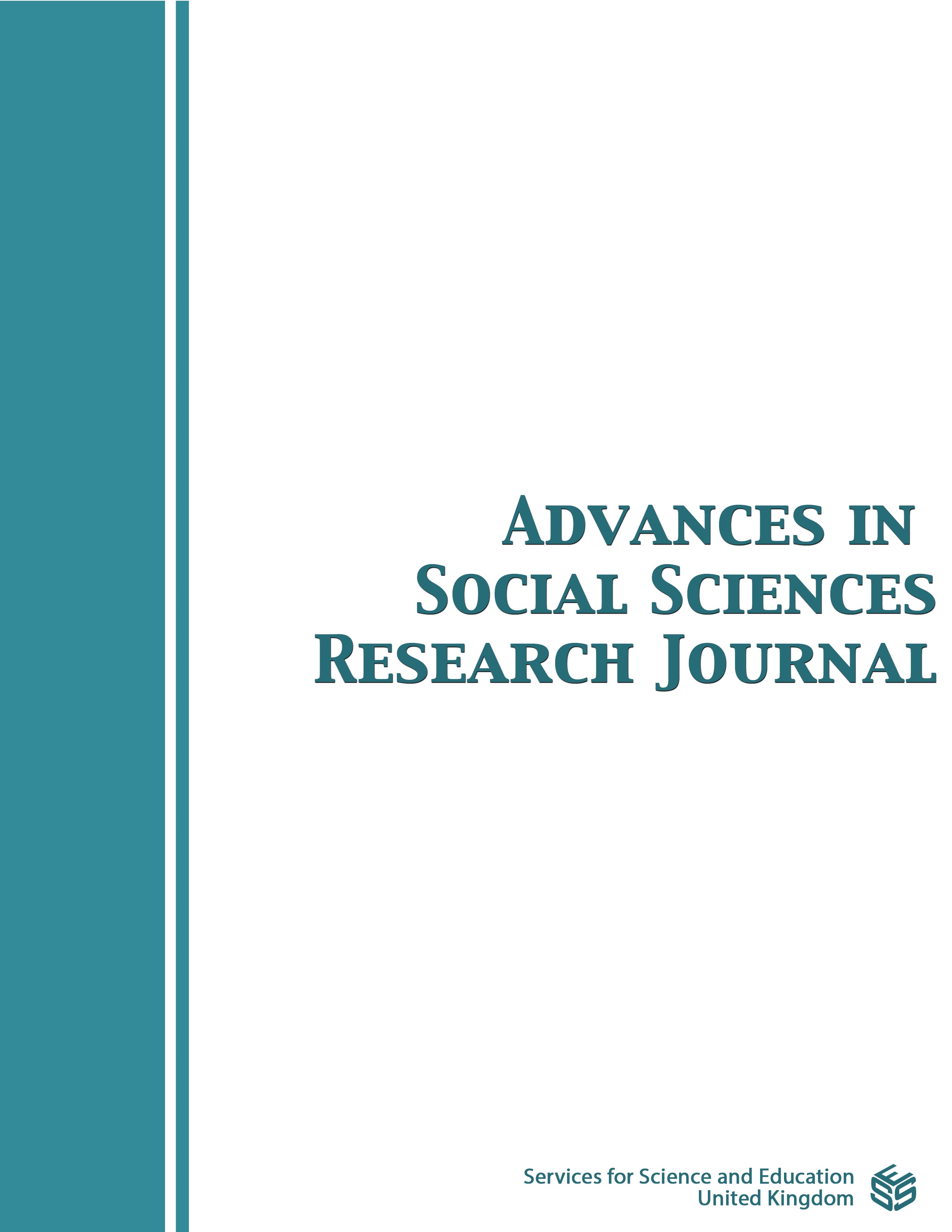A Note on Determining Which of J Parameters Has the Largest or Smallest Value
DOI:
https://doi.org/10.14738/assrj.95.12283Keywords:
multiple comparisons, familywise error, robust methods, ranking and selectionAbstract
This note suggests two simple approaches to determining whether it is reasonable to make a decision about which random variable has the smallest or largest measure of location. Both are related to Tukey’s three-decision rule, they are easily adapted to a wide range of situations, and they have certain advantages over extant techniques. The focus is on trimmed means, but the method is easily adapted to a wide range of situations. One version of the proposed approach is based on a variation of the percentile bootstrap that has not been previously studied.
References
Bechhofer, R.E. (1954). A single-sample multiple decision procedure for ranking means of normal populations with known variances. Annals of Mathematical Statistics, 25, 16–39.
Bechhofer, R.E., Dunnett, C. W. & Sobel, M. (1954) A two-sample multiple decision procedure for ranking means of normal populations with a common unknown variance Biometrika, 41, 170–176.
Bechhofer, R.E., Kiefer, J. & Sobel, M. (1968). Sequential Identification and Ranking Procedures. Chicago, Ill: University of Chicago Press.
Bradley, J. V. (1978) Robustness? British Journal of Mathematical and Statistical Psychology, 31, 144–152. doi.org/10.1111/j.2044-8317.1978.tb00581.x
Clark, F., Jackson, J., Carlson, M., Chou,C.-P., Cherry, B. J., Jordan-Marsh, M., Knight, B. G., Mandel, D. Blanchard, J., Granger, D. A., Wilcox, R. R., Lai, M. Y., White, B., Hay, J., Lam, C., Marterella, A., & Azen, S. P. (2012). Effectiveness of a lifestyle intervention in promoting the well-being of independently living older people: results of the Well Elderly 2 Randomise Controlled Trial. Journal of Epidemiology and Community Health, 66, 782–790. doi:10.1136/jech.2009.099754
Dudewicz, E.J. & Dalal, S. R. (1975). Allocation of observations in ranking and selection with unequal variances. Sankhya: Indian Journal of Statistics, 37B, 27–78.
Gibbons, J., Olkin, I. & Sobel, M. (1987). Selecting and Ordering Populations: A New Statistical New York: Wiley.
Gupta, S. S. & Panchapakesan, S. (1987). Multiple Decision Procedures: Theory and Methodology of Selecting and Ranking Populations SIAM.
Hampel, F. R., Ronchetti, E. M., Rousseeuw, P. J. & Stahel, W. A. (1986). Robust Statistics}. New York: Wiley.
Harrell, F. E. & Davis, C. E. (1982). A new distribution-free quantile estimator. Biometrika, 69, 635–640.
Hoaglin, D. C. (1985). Summarizing shape numerically: The g-and-h distribution. In D. Hoaglin, F. Mosteller & J. Tukey (Eds.) Exploring Data Tables Trends and Shapes. New York: Wiley, pp. 461–515.
Hochberg, Y. (1988). A sharper Bonferroni procedure for multiple tests of significance. Biometrika, 75, 800–802.
Hommel, G. (1988). A stagewise rejective multiple test procedure based on a modified Bonferroni test. Biometrika, 75, 383–386.
Huber, P. J. & Ronchetti, E. (2009). Robust Statistics, 2nd Ed. New York: Wiley.
Liu, R. G. & Singh, K. (1997). Notions of limiting P values based on data depth and bootstrap. Journal of the American Statistical Association, 92, 266–277. DOI: 10.2307/2291471
Mukhopadhyay, N. & Solanky. T. (1994). Multistage Selection and Ranking Procedures: Second Order Asymptotics. New York: Marcel Dekker.
Paulson, E. (1964). A sequential procedure for selectingthe population with the largest mean from k normal populations. Annals of Mathematical Statistics, 35, p. 174–180
Rinott, Y. (1978). On two-stage selection procedures and related probability-inequalities. Communications in Statistics -Theory and Methods, A7(8): 799–811.
Rom, D. M. (1990). A sequentially rejective test procedure based on a modified Bonferroni inequality. Biometrika, 77, 663–666.
Staudte, R. G. & Sheather, S. J. (1990). Robust Estimation and Testing. New York: Wiley.
Wilcox, R. R. (2022). Introduction to Robust Estimation and Hypothesis Testing. 5th Ed. San Diego CA: Academic Press.
Yuen, K. K. (1974). The two sample trimmed t for unequal population variances. Biometrika, 61, 165–170.
Downloads
Published
How to Cite
Issue
Section
License
Copyright (c) 2022 Rand Wilcox

This work is licensed under a Creative Commons Attribution 4.0 International License.
Authors wishing to include figures, tables, or text passages that have already been published elsewhere are required to obtain permission from the copyright owner(s) for both the print and online format and to include evidence that such permission has been granted when submitting their papers. Any material received without such evidence will be assumed to originate from the authors.






